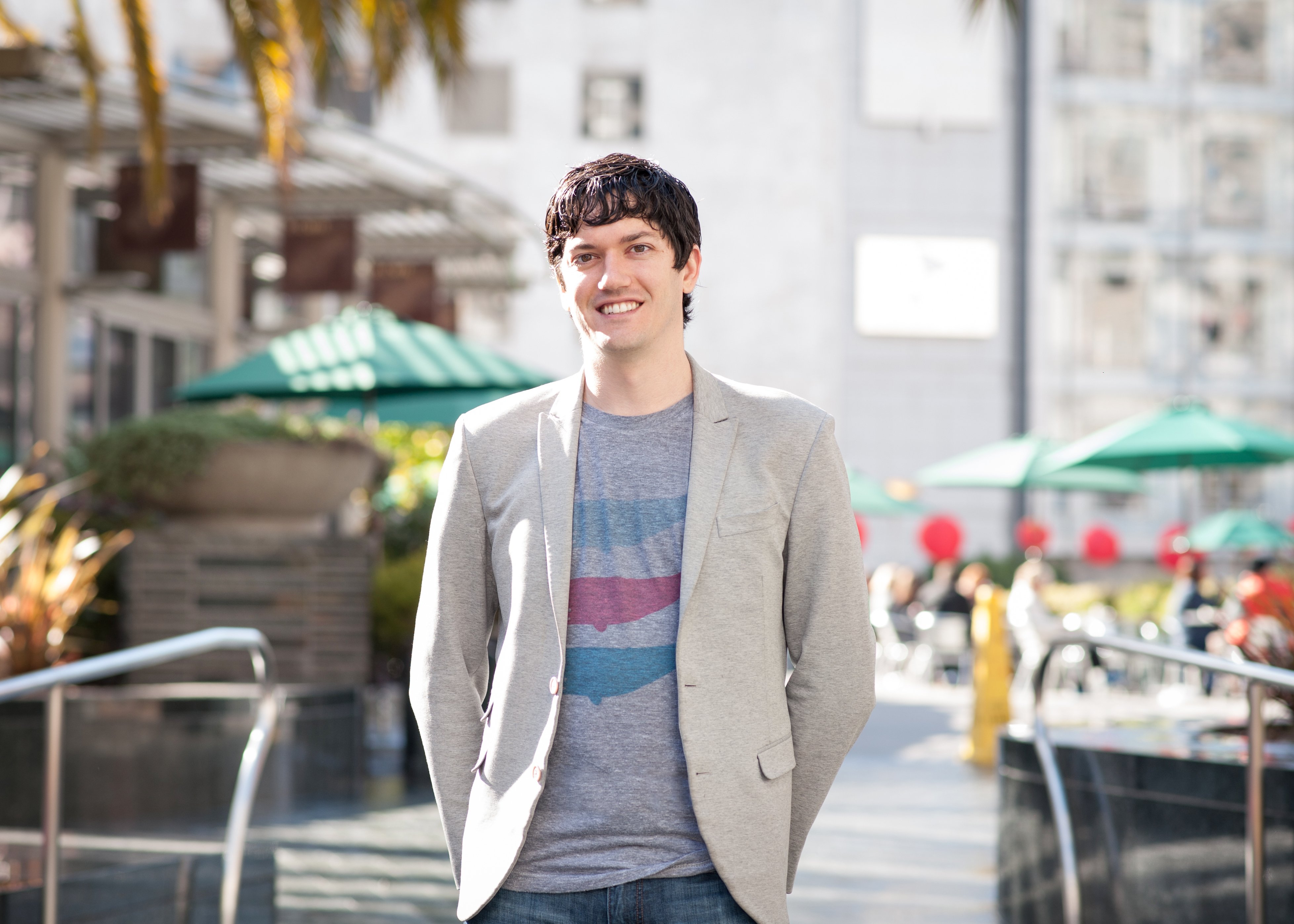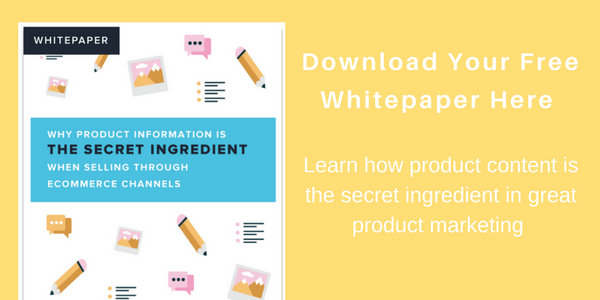
We all place a special kind of confidence in recommendations. After all, in a time when we're offered more options than ever before, recommendations constitute a form of advertising about a person, place or thing from people we know and trust. They're reliable roadmaps for wading through all this stuff.
But only recently, with the rise of social shopping, have recommendations been harnessed into driving sales. I recently had a chance to speak with Nathan Stoll, CEO of the popular social shopping startup Luvocracy about the power of recommendations, the inspiration behind Luvocracy, and how social shopping and traditional product marketing can live side-by-side in modern-day e-commerce.
WHY RECOMMENDATIONS HAVE THE POTENTIAL TO DRIVE E-COMMERCE
To kick off our conversation, Nathan shared a story about his friend at Goldman Sachs.
"All of her friends know she’s sort of an elite business traveler. When they want good luggage recommendations, they ask her. She’s their trusted person for that. She’ll tell you that she’s basically made the same recommendation dozens of times to all of her female friends, and many of them have bought the suitcase she recommended. But she doesn’t necessarily hear it from them all the time."
Inherent in this story is one of the key tenets of social shopping: people trust their network.
In fact, people trust their network so much that a 2012 Nielsen survey determined that recommendations from family and friends constitute consumers’ most trusted form of advertising.
According to @Nielsen, 92% of consumers consider advice from their network a trusted form of advertising
When it comes to categories of products we know little about, we look to people in our networks who have the expertise we don’t possess – much in the same way pals look to Nathan’s Goldman Sachs friend about luggage. The more we trust a person, the more influence we let them have in our decision-making.
And the amount of trust we have fluctuates proportionately with the intimacy of the relationship. This is why Nathan makes a clear distinction between general reviews and recommendations from within your network.
"When I go to New York and I want to go to the best pizza restaurant in New York, the Google way of thinking of that is to give you back the top-ranked aggregate, ‘wisdom of the crowd’ pizza restaurant. And that’s very different from my person doing food in New York saying, ‘Go there, it’s better.’"
Thus, it’s the personalization of recommendations that give them their particular power. While reviews are, in essence, value judgments designed for mass consumption, recommendations have context. It’s not just the words that carry weight, Nathan says, but also the whom, the why, and the to whom behind them.
THE IMPORTANCE OF CLOSING THE COMMUNICATION LOOP
There’s also another important lesson in the luggage story – one that helped set Luvocracy apart back in 2011. Realizing that many people, much like his Goldman Sachs friend, never find out if friends actually follow through on a recommendation, Nathan and his team wanted to figure out how to close the “communication loops” started by all these positive referrals.
He posed their challenge like this:
"In an era where conversations have gone digital, how do you close the loop on the conversation that’s going to happen? How do you make it so that the person whose word of mouth it is feels recognized for their contribution, rewarded for their contribution? How do you facilitate these happening more frequently? How do you give them an economy of scale too?"
Coming up with innovative solutions to these challenges holds great reward. If 92% of consumers trust word-of-mouth advertising (this compared to 50% of consumers who trust email ads, 40% who trust search engine ads, and just 36% who trust social network ads), getting more people to recommend more products appears to be the most effective way to increase sales.
The Luvocracy team came up with a viable solution. Users download a Luvocracy browser button (similar to the Pinterest plugin) and “recommend” virtually any product on the Internet by adding it to their Luvocracy profile and the wider Luvocracy marketplace.
Check Out: This Luvocracy listing for a $190,000 hovercraft. The term "virtually any product" is not just marketing hyperbole.
As users grow their profiles of recommended products, fellow users can “luv” particular items and “trust” certain profiles to bring them into their Luvocracy network.
What’s more, every time someone makes a purchase on Luvocracy, the user who recommended the item gets a cut of the purchase. Thus, successful recommendations aren’t just recognized; they’re also profitable.
These days, Luvocracy’s reach is huge. Nathan estimates that there are a million new testimonials on the site each month, all from folks who are adding their recommendations to products and creating what he believes to be a more valuable shopping experience.
"There’s no concept in Luvocracy about arguing about whether or not something is good. You believe it’s good. That’s indisputable. It’s up to me to decide if you’re the type of person I want to get beauty recommendations from. My job is to sort through who I trust - rather than, on a single product, analyze the people who were pro and the people who were con and sort out the wisdom of the crowd."
PRODUCT CONTENT VS. PEER-TO-PEER RECOMMENDATIONS
I asked Nathan about how traditional product content fits into Luvocracy’s model, and social shopping in general, and he put it to me this way:
"Product content is relevant to help people making great products package up why they believe in those products. [Luvocracy is] helping package up why all of the other people out there believe in those products."
He tied this into a discussion about his “wine guy” in San Francisco and his “printer guy” Tony as examples. They’re two guys who are so enthusiastic about certain products (wine and printers, respectively) that a recommendation from a friend just isn't enough to convince them to make a purchase. They need to compare specs, analyze ingredients, look at pictures, and foster some sort of trust in the brand before they buy a particular product.
For the folks who are passionate about researching wine, printers, luggage, or, in my case, women’s size 4 shoes, product content will always play a pivotal role in the shopping experience. It communicates a crucial value proposition from the manufacturer to the passionate consumer. It determines whether those passionate consumers will let a particular product enter the marketplace at all. (After all, if the passionate folks don’t like it, chances are that no one will.)
Then, if the passionate consumer – the expert – makes a positive recommendation about the product to his or her network, the shopping experience becomes much easier for everyone else. “Oh, my wine guy likes this? That's good enough for me.”
THE FUTURE OF E-COMMERCE
So here’s a takeaway for you: Peer-to-peer recommendations aren’t going to completely replace traditional research and shopping. We will all continue to scrutinize the details about the products that we’re passionate about, and rely on high-quality images and marketing copy to help us decide what to buy.
But what social shopping sites like Luvocracy will do is encourage us to purchase the hundreds of other products we aren’t so passionate about. It will help us find the hundreds of other people who are passionate about those products and have them push us to make the right purchasing decisions.
Nathan summed up his hope for e-commerce as this:
"The idea that Google’s computer or Amazon’s rankings will get you the right answer is the future vision of a world where computers will tell us what to do. I prefer the idea of a future where computers might help you and I connect so that you can tell me what to do, and we can celebrate that together."
And he believes Luvocracy is turning that future into a reality.
Written by: Emily Saka
Recent Posts
10 Brand Examples of Click-Driving Product Images, Videos, and More To Inspire
Summit Spotlight: Salsify Leaders Share How To Advance to the Next Decade of the Digital Shelf
Omnichannel Strategy: Here Are the Top 3 Drivers of Omnichannel Profitability
Subscribe to the Below the Fold Newsletter
Standing out on the digital shelf starts with access to the latest industry content. Subscribe to Below the Fold, our monthly content newsletter, and join other commerce leaders.



